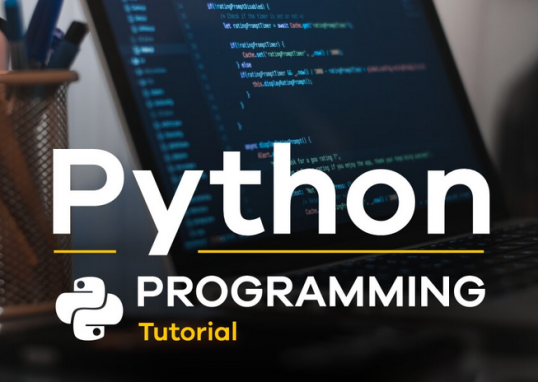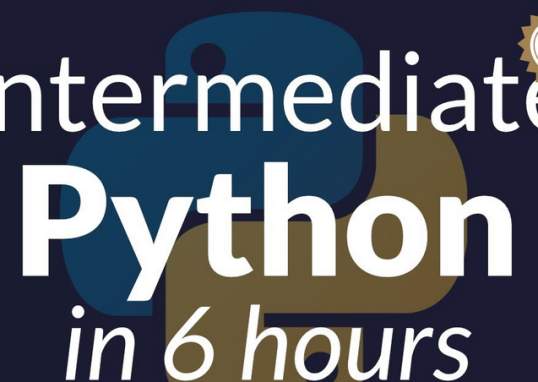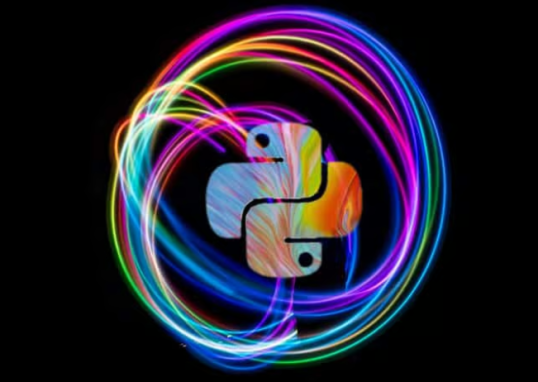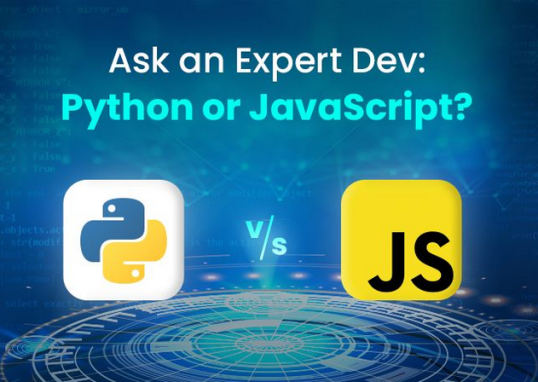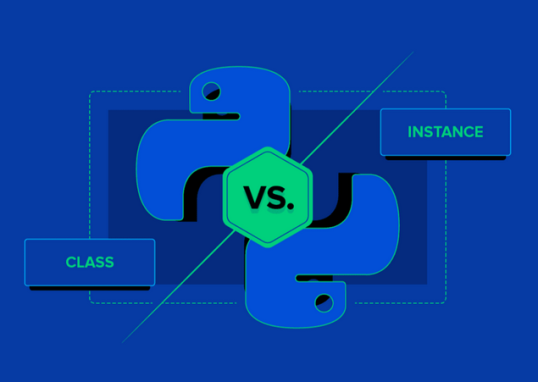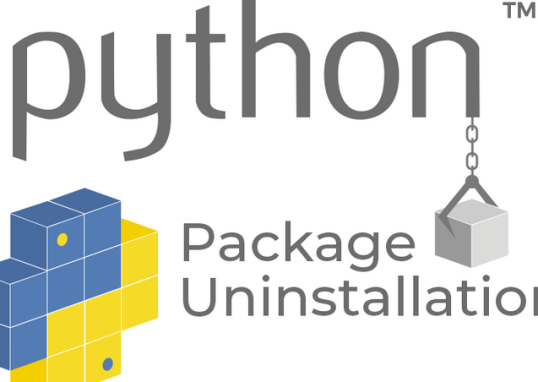The OpenAI API is a service provided by OpenAI that allows users to access their advanced language models through an API. It serves as a gateway for integrating OpenAI’s language capabilities into various applications.
Let’s see the pros and cons of OpenAI’s GPT models:
- Pros:
- Versatility: OpenAI’s GPT models are versatile and can be adapted for various text-related tasks, including data labeling and classification
- Large scale: These models are trained on massive amounts of data, enabling them to capture intricate patterns and nuances present in natural language
- Cons:
- Interpretability: The generated content might lack interpretability, making it challenging to understand the model’s decision-making process
- Resource intensive: Training and using large generative models such as GPT-4 can be computationally expensive
In summary, OpenAI’s generative models, particularly GPT-3 , GPT-3.5, and GPT-4, have made significant contributions to the field of text data processing, and they can be used creatively for tasks such as data labeling and classification by utilizing their language-understanding capabilities. However, careful consideration and evaluation are needed, especially regarding ethical concerns and potential bias in generated content.
In the realm of language processing, text classification serves to categorize documents based on their content. Traditionally, this task relied on labeled training data; however, advanced models such as OpenAI’s GPT have revolutionized the process by autonomously generating labels with the assistance of explicit instructions or prompts.
Exploring text data labeling with Azure OpenAI, a collaborative initiative within Microsoft Azure’s cloud, unlocks the potential of powerful language models. This section acts as a guide, facilitating efficient text data labeling by harnessing the capabilities of Generative AI and OpenAI models, and providing users with custom tools for typical tasks in text data analysis.
Let’s take a look at some use cases with Python and Azure OpenAI for text data labeling.
